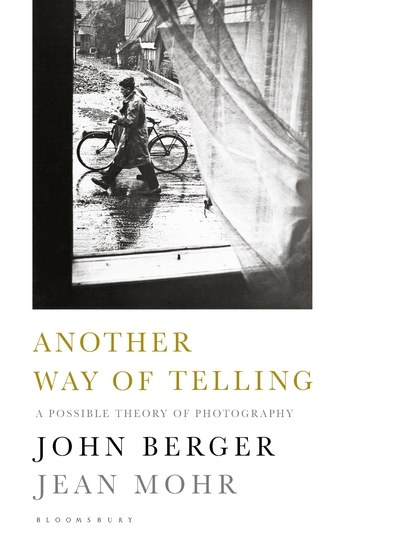Another way of telling
by John Berger and Jean Mohr
a book review

My review
There are many books that are full of beautiful photos, containing page after page of aspirational images on a chosen subject. These books are great for the coffee table or to look through for inspiration, but a lot of them lack the 'raison d'être.' We see the images, we may have a description, but there is a lack of why it worked for the person who took the photos.
When you read one of John Berger's book you discover a different approach, as it is as if he discusses the point he makes is as he is directly teaching the reader how he sees the world. Then, when you add the words of Jean Mohr, you have a series of essays that take the reader on a journey to learn another way of telling a visual story, if I could say that.
Between them, we are presented with photos and essays that convey the thought processes they went through while taking the photos and afterwards while undertaking a review of the photos. It gives us a different way of thinking about our own photography and how we present these photos to others.
One chapter is called "What did I see?" It starts with an opening idea, a set of five photos and then we have a cross-section of society reviewing what they see. So we have a market gardener, a clergyman, a schoolgirl, a banker, an actress, a dance teacher, a psychiatrist, a hairdresser and a factory worker. This group may be outdated to us now, but at the time it represented the society.
While the critique given by reviews is terse, it does show how experience allows one to see things so differently. In reality, the majority of people will give only a few words, from which us photographers need to glean how others see our work.
Beyond the curious critique of a handful of reviewers, John and Jean present short essays on how photo stories are presented. It is used by countless photographic students as the basis of their work, and it will add value to any keen amateur photographer keen to develop beyond the crowd of happy snappers.
So, in summary, this book in not the fluffy coffee table dust catcher. It allows us to understand the photo storytelling mind of John Berger and Jean Mohr. What comes out in the text is a need to plan your approach putting a photographic narrative together and ideas on how to do so. If you want to take those first steps up in photography, this is one book you certainly need.